The Best TV Shows on ORTF Télévision
Every ORTF Télévision Show Ranked From Best To Worst
ORTF Télévision has over 20 shows broadcast from as early as 1952 and as recent as 1976. Icons of ORTF Télévision, La Comédie-Française and Reflets de Cannes made their debut in 1952 and 1954, setting industry standards. Check out the most acclaimed shows on ORTF Télévision, with a catalog of over 20 series updated for December 2025.
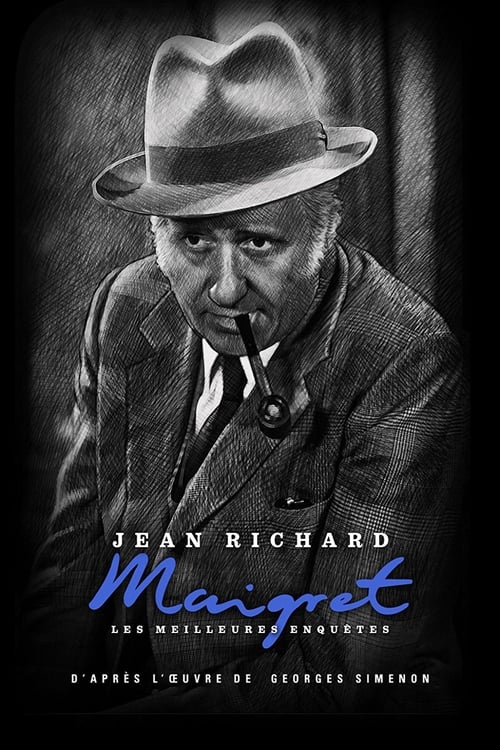 The Investigations of Commissioner Maigret (1967)8.7
The Investigations of Commissioner Maigret (1967)8.7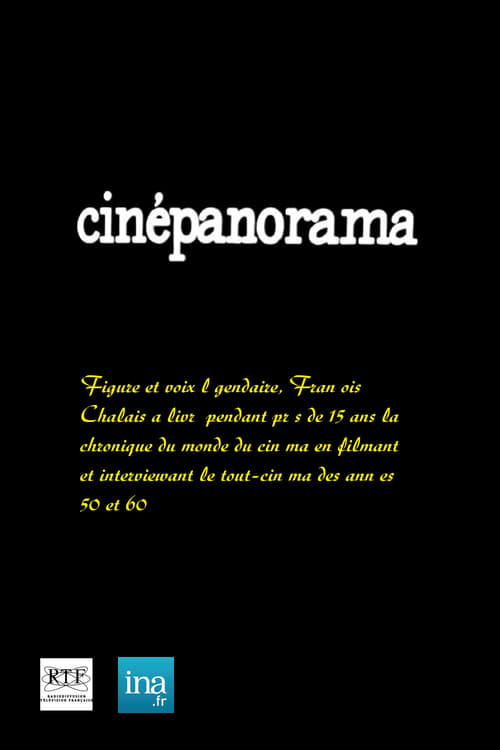 Cinépanorama (1956)8.0
Cinépanorama (1956)8.0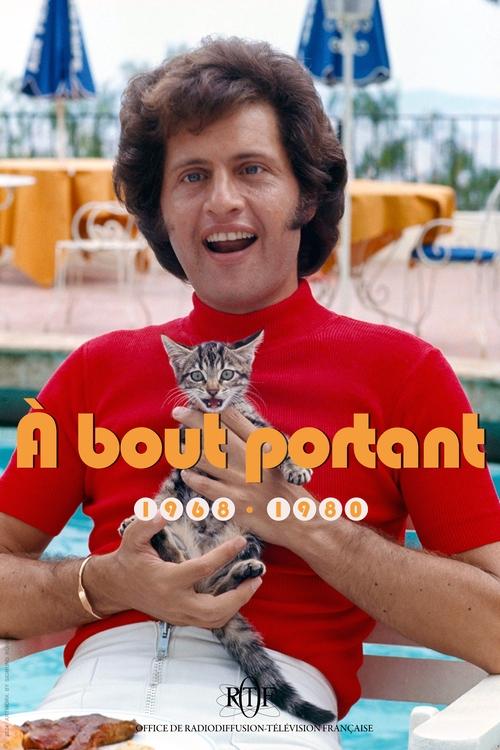 À bout portant (1968)8.0
À bout portant (1968)8.0 Fortune (1969)8.0
Fortune (1969)8.0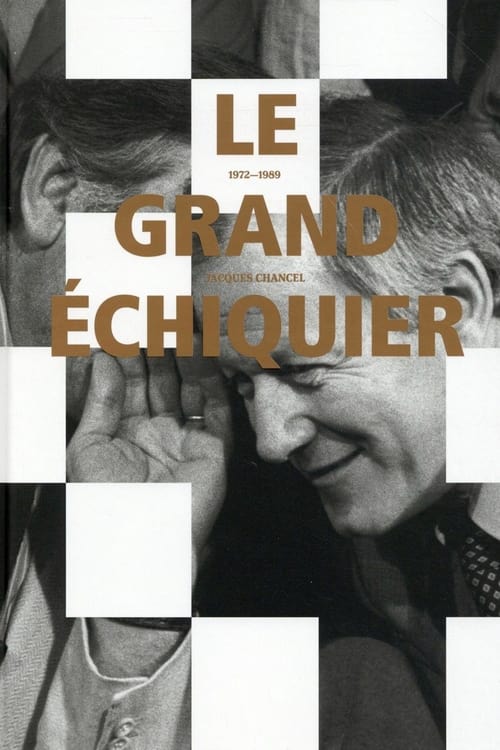 Le Grand Échiquier (1972)8.0
Le Grand Échiquier (1972)8.0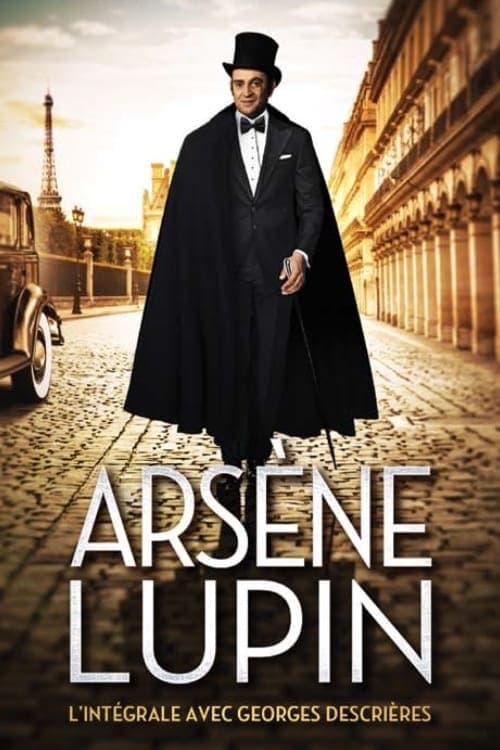 Arsène Lupin (1971)7.7
Arsène Lupin (1971)7.7Arsène Lupin is a French TV show which was co-produced with German, Canadian, Belgian, Dutch, Swiss, Italian and Austrian TV stations. It was only loosely based on Maurice Leblancs novels. Georges Descrières' portrayal of Arsène Lupin showed more similarity to Graf Yoster than to Maurice Leblanc's original. He behaved in the first place as a perfect gentleman who never got angry. He was always relaxed, because whatever could possibly had bothered him in daily life was taken care of by his butler. It wasn't questioned how he had come to his financial independence although the series sometimes discreetly implied that he was a professional criminal. Besides rescuing damsels in distress Lupin took on criminals, competing with their wit and intelligence. Either he stole paintings from rich people who had to be considered white-collar criminals or he acted as a detective who derailed criminal schemes. However, when he was attacked, he could defend himself effortlessly by using elegant jujutsu methods. Among the guest stars were German actors such as Günter Strack and Sky du Mont. Jean-Paul Salomé said in his commentary on the DVD version of his film Arsène Lupin he had like this series as a child. German TV, one the investors, would broadcast the show eventually between 18:00-20:00 o'clock because it was only allowed to show commercials within that very timeslot. For them to get a financial return on investment the show had to be appropriate for families and also for children who would watch it alone. Subsequently it was nearby to ask to defuse and flatten some of Leblanc's plots in order to avoid possible complaints that could force the station to broadcast the show beyond the "Vorabendprogramm".
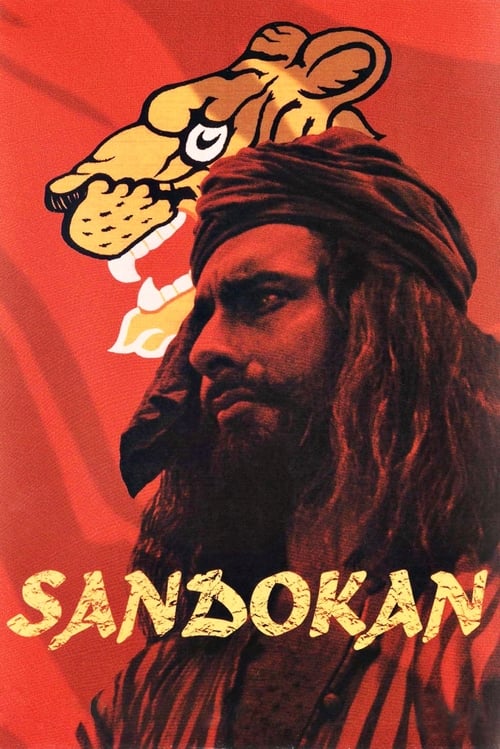 Sandokan (1976)7.1
Sandokan (1976)7.1In this mini-series in six parts from 1976 the Indian actor Kabir Bedi plays the lead role. Carol Andre plays Lady Marianna Guillonk and as Sandokans best friend Yanez de Gomera we see Phillipe Leroy. The noble prince Sandokan is a fighter of the first rank who are cruel to their enemies, but always loyal to his friends.
 Les Shadoks (1968)7.0
Les Shadoks (1968)7.0Les Shadoks is an animated television series created by French cartoonist Jacques Rouxel which caused a sensation in France when it was first broadcast in 1968-1974. The Shadoks were bird-like in appearance, were characterised by ruthlessness and stupidity and inhabited a two dimensional planet. Another set of creatures in the Shadok canon are the Gibis, who are the opposite to the Shadoks in that they are intelligent but vulnerable and also inhabit a two-dimensional planet. Rouxel claims that the term Shadok obtains some derivation from Captain Haddock of Hergé's The Adventures of Tintin and the Gibis are essentially GBs. The Shadoks were a significant literary, cultural and philosophical phenomenon in France. Even today, the French occasionally use satirical comparisons with the Shadoks for policies and attitudes that they consider absurd. The Shadoks were noted for mottos such as: ⁕"Why do it the easy way when you can do it the hard way?" ⁕"When one tries continuously, one ends up succeeding. Thus, the more one fails, the greater the chance that it will work."
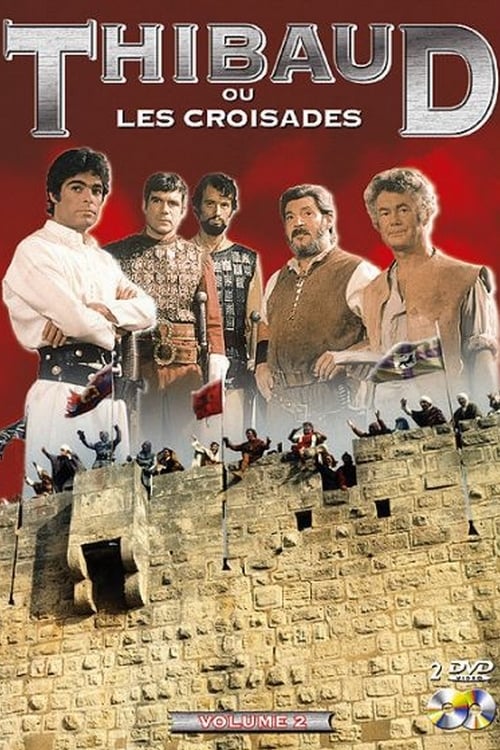 Thibaud ou les Croisades (1968)7.0
Thibaud ou les Croisades (1968)7.0This series features the adventures of Thibaud, nicknamed the White Knight, son of a Christian baron and an Arab mother, in Israel during the Crusades.
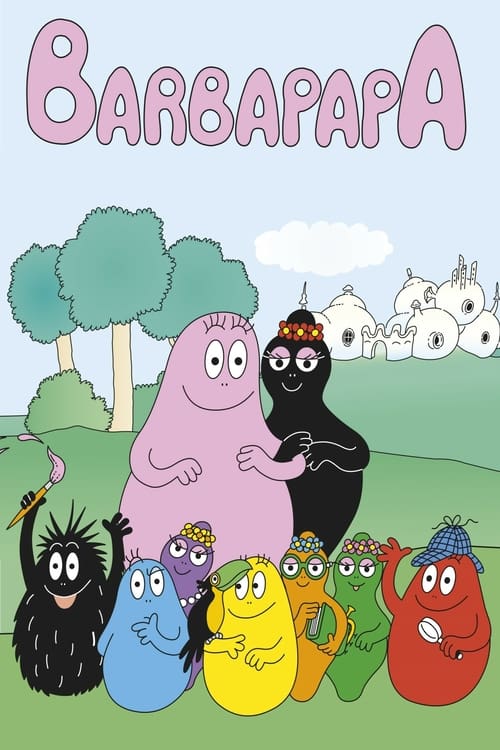 Barbapapa (1974)7.0
Barbapapa (1974)7.0The adventures of Barbapapa and Barbama and their seven children, where they search for their place in the world, while helping humans and animals.
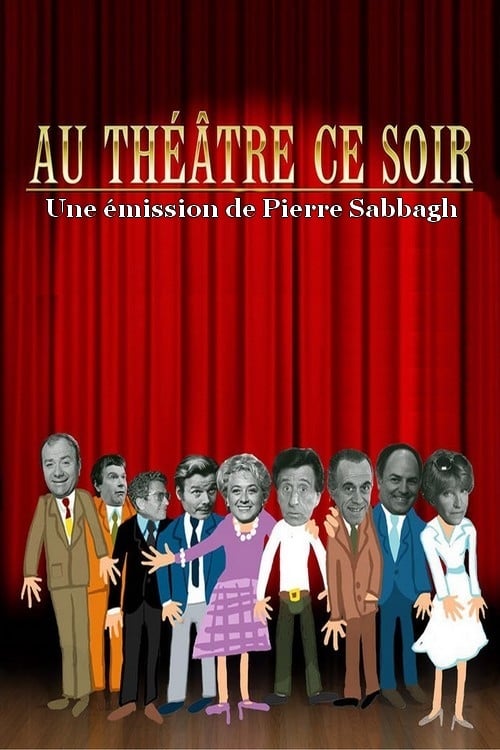 At Theatre Tonight (1966)6.7
At Theatre Tonight (1966)6.7At Theater tonight is a TV show broadcasted from 25th August 1966 to 21st September 1985. The show is broadcast plays recorded in two or three days, during public performances at the Théâtre Marigny on the Champs-Élysées, or sometimes Edouard VII theater.
 Poly (1961)6.5
Poly (1961)6.5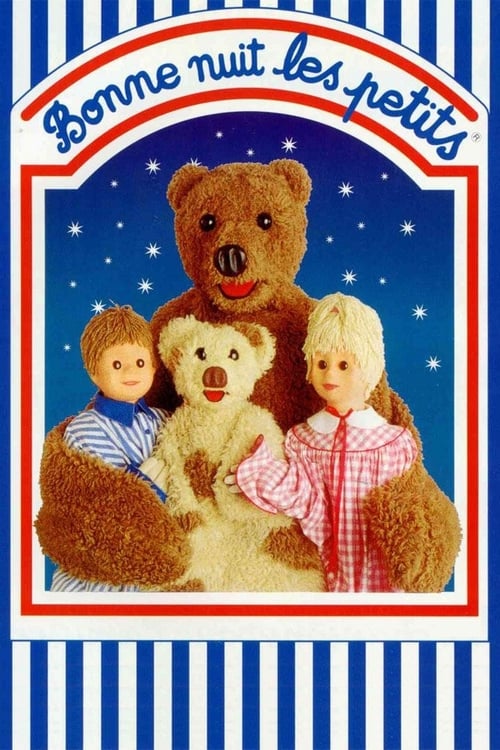 Bonne nuit les petits (1962)6.3
Bonne nuit les petits (1962)6.3 Midi trente (1972)6.0
Midi trente (1972)6.0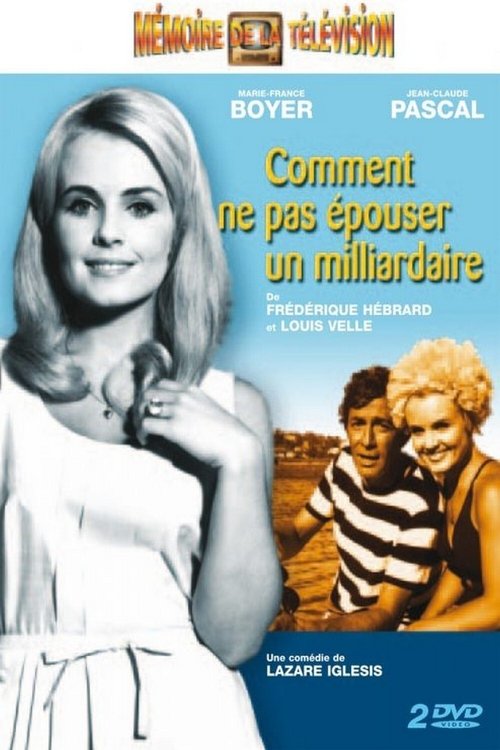 Comment ne pas épouser un milliardaire (1966)5.0
Comment ne pas épouser un milliardaire (1966)5.0 Reflets de Cannes (1954)2.0
Reflets de Cannes (1954)2.0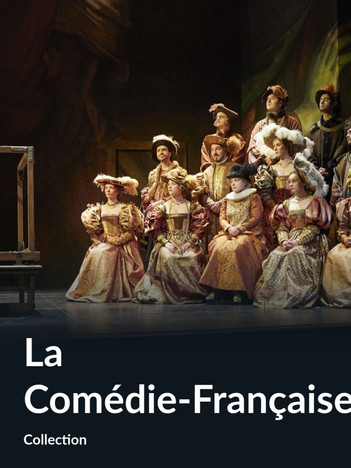 La Comédie-Française (1952)N/A
La Comédie-Française (1952)N/A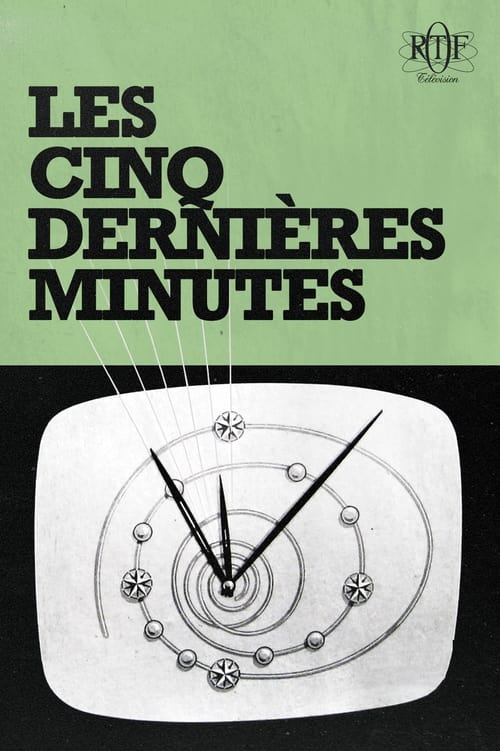 Les Cinq Dernières Minutes (1958)N/A
Les Cinq Dernières Minutes (1958)N/ALes Cinq Dernieres Minutes is a crime based French television series
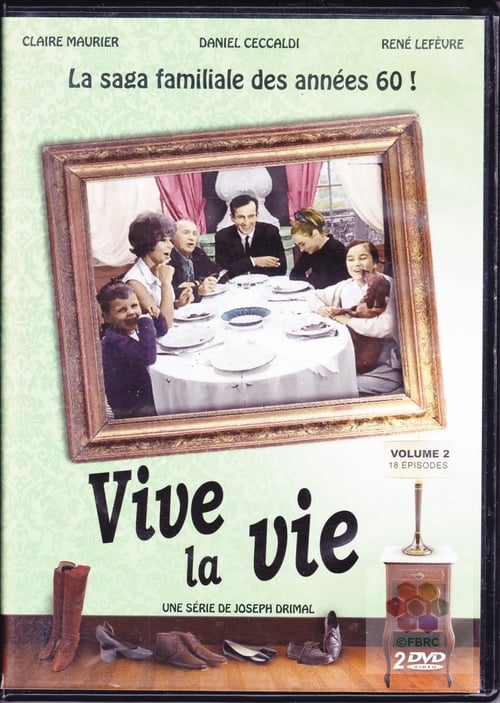 Vive la vie (1966)N/A
Vive la vie (1966)N/A Nans le berger (1974)N/A
Nans le berger (1974)N/A